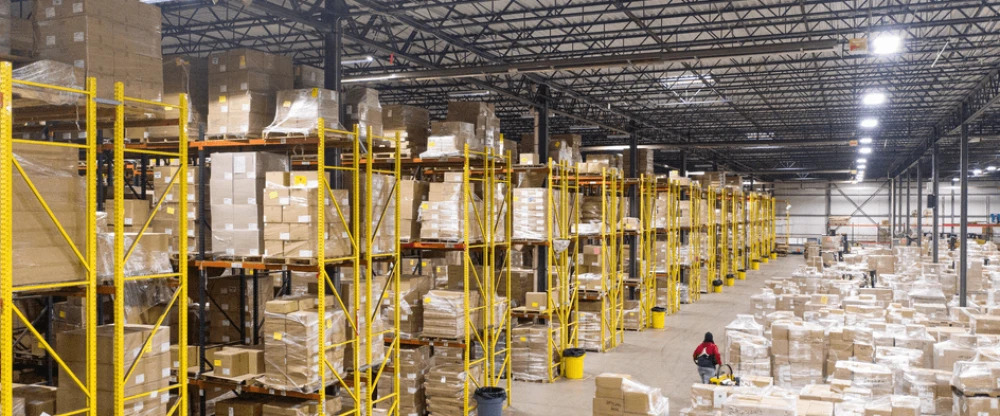Kindergarteners are going to be getting a few extra glue sticks this school year.
According to the National Retail Federation, back-to-school spending will reach upwards of $41.5 billion this fall, an increase from $36.9 billion the year before. That can be a boon for your business, but it also comes with challenges further upstream for your shipping operations.
Even if you don’t sell back-to-school items, you likely experience surges in volume for other seasons, so it pays to be prepared. No one wants to disappoint customers or miss out on revenue, and advanced planning will ensure you’re ready to keep your operations humming.
With that in mind, here are some tips to stay ahead:
Forecasting demand
Preparing for surges starts by anticipating increases in shipping volumes. Examining the past can help predict the future, so dig into data to identify historical trends and estimate when peak periods may hit. There are also predictable seasonal demands. For instance, candy sales increase leading up to Halloween and winter holiday sales peak in December.
Promotions also create new opportunities for sales. Prime members purchased more than 375 million items worldwide during Prime Day 2023. The key is to have the contracts, labor, and inventory in place so you can fill orders when they come in.
Securing capacity
The trickiest part of moving products can simply be finding the trailer space and trucks to make it happen. Ideally you want to have established relationships with your freight providers so you can access capacity when you need it. You can lock in contracts, both long-term and seasonal, if you have a good idea of your volume demands.
The spot market is ideal for short-term spikes, unexpected demand, or unproven lanes. For both, you can reach out to transportation providers in advance to create customer agreements, so you can move quickly when the needs arise.
Optimizing warehouse operations and labor
Volume surges are felt nowhere as acutely as in the warehouse and with the labor that keeps it running. What happens within these four walls can have ripple effects throughout the supply chain, so you need to make the best use of your space and optimize your workflows.
To increase efficiency and reduce errors, identify your top moving products and adjust how you organize your warehouse. This can involve process improvements such as placing high-velocity items near each other and drawing on data to get insights into what to stock where. Packing stations should be well supplied with frequently used materials positioned closest to the packer. Collecting just-in-case merchandise for unexpected surges and relying on warehouse management systems are also ways to stay ahead of volume surges.
When it comes to labor, you’ll first want to identify how many employees you’ll need during your peak periods, evaluate your existing workforce, and identify any gaps. Many shippers bring in temporary workers, either as seasonal staff or on a part-time basis, to help manage peak periods. You can also build flexibility into your workforce by cross-training employees so they can be deployed to other areas of your operations that need support.
Don’t forget about how technology can augment your labor needs. While it may require an up-front investment, warehouse automation, which includes robots and automated storage and retrieval systems, can free up labor so workers can focus on other tasks.
Getting ahead of potential challenges
Many moving pieces must come together to get every order picked, packed, and delivered, which means there are multiple points where things can go wrong. In addition to capacity, labor, and inventory, you should also consider supplier constraints and weather delays.
Even seemingly little things, such as a typo on paperwork, can cause significant problems. Ensuring your contact information is correct on all of your paperwork and carrier accounts can help avoid a potential delay. Pay attention to even the smallest details, such as ensuring reference numbers match the shipment and paperwork.
Thinking through all the potential risks, even if they seem unlikely, and creating mitigation strategies in advance ensures you have a plan to get things back on track.
Taking action
Now is the ideal time to create an Amazon Freight account and explore how you can leverage the Amazon network and our more than 50,000 trailers and carriers.
Already an Amazon Freight customer? Review your profile and facility details to prepare for your next surge. Simply log into the portal and select “Setup” and then “Shipping Locations.”




